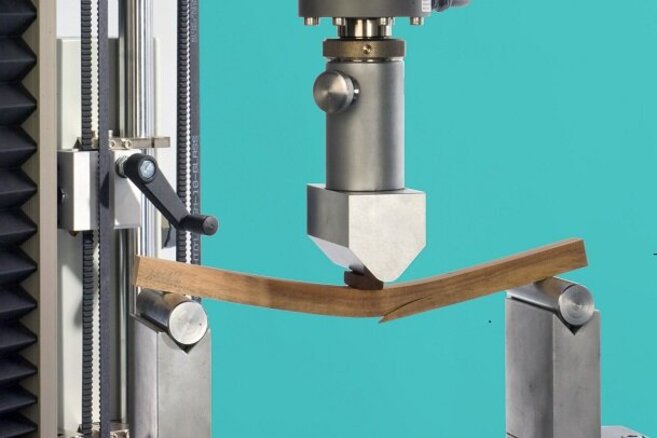Project
Enhanced Life-Cycle-Costing in wood construction
![[Translate to English:]](/media/_processed_/3/b/csm_WoodLCC01_eb2653cc19.jpg)
Enhanced Life-Cycle-Costing in wood construction by novel methods for service life planning
Life cycle costs (LCC) are key indicators for sustainability assessment and profitability in construction and should be determined on the basis of reliable service life predictions.
Background and Objective
Life Cycle-Costing (LCC) is one of the basic indicators for sustainability assessment and cost effectiveness applicable in construction. LCC makes it possible to optimize the entire life performance of buildings and other structures. While LCC is not yet used to its full potential – mainly due to a lack of reliable data that can be used as input instead of guesses and estimates. In contrary, the relevance of LCC finds increasing acceptance and LCC will become obligatory for procurement by tenders not only in the public sector. Increasing interest in the construction industry and the understanding of LCC benefits have led to a growing number of companies adopting the methodology. LCC is also being applied by an increasing number of public authorities across the EU. As LCC is widely adopted, the guidelines are being refined.
LCC requires a detailed and comprehensive knowledge of the service life, the expected maintenance interval, and the costs of the products and labour. A major weakness in LCC is the lack of detailed and relevant information on service life estimates, and the expected maintenance, repair, or replacement intervals. Currently, LCC user software is employing simplified default service life estimates, especially for wood products in exterior applications, which in turn can lead to wrong decisions and negative economic and environmental impacts.
In WoodLCC we will take full advantage of results from novel methods for detailed service life performance specification established through extensive research over the last years on dose/response functions for exterior wood elements. We will adapt previous methods and databases, to provide customised service life performance input data, to enable robust and precise LCC analyses.
The key scientific and technological objectives of WoodLCC defined to provide optimised input data to LCC for wood-based materials are to:
- Utilize novel service life prediction models to provide reliable service life estimates for LCC of wooden components and buildings
- Quantify the effect of different maintenance, repair and replacement schedules on service life and the effect on LCC of buildings
- Survey service life and cost acceptance of stakeholders at a European scale
- Determine LCC of wooden components and buildings in comparison with competing alternatives
- Analyse cost benefits of moisture safety measures during the construction phase
- Quantify the impact of imperfect design details on LCC
- Identify and analyse potential risks related to the use of mass timber in the climate envelope as well as the costs associated with damage and mitigating measures
- Validate service life and LCC estimates based on real-structure inspections
Approach
The numerous research objectives of WoodLCC will be achieved in eight different work packages:
WP 1: Service life prediction and performance specification
WP 2: Service life and cost expectations
WP 3: Life-Cycle-Costing and case studies
WP 4: Impact of design detailing on LCC
WP 5: Adaptation of methods to modern building techniques
WP 6: Demo software development and validation studies
WP 7: Project management and monitoring
WP 8 Transnational dissemination
Thünen-Contact

Involved external Thünen-Partners
- Georg-August-Universität Göttingen
(Göttingen, Deutschland) -
Norsk institutt for bioøkonomi (NIBIO)
(Ås, Norwegen) -
Tallinn University of Technology
(Tallinn, Estland) -
Lund University
(Lund, Schweden) - Norwegian Institute of Wood Technology (Treteknisk)
(Oslo, Norwegen) - Slovak University of Technology (Slowakische Technische Universität Bratislava) - STU
(Bratislava, Slowakei) - InnoRenew CoE
(Izola, Slowenien) - Holzforschung Austria
(Wien, Österreich)
Duration
7.2023 - 4.2025
More Information
Project status:
finished








